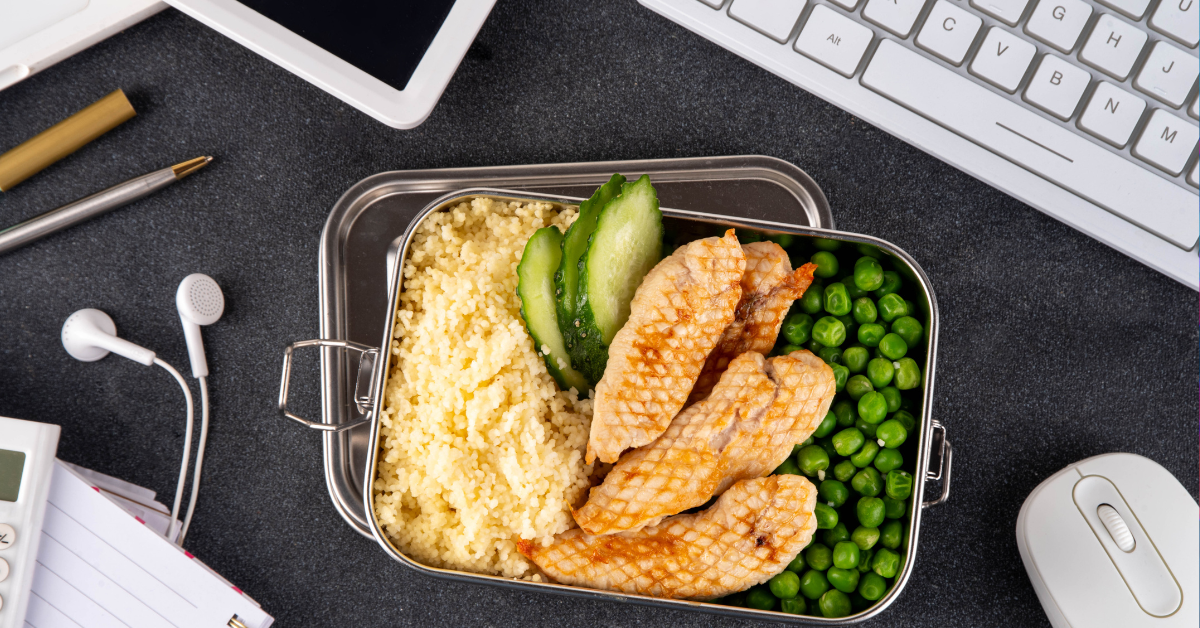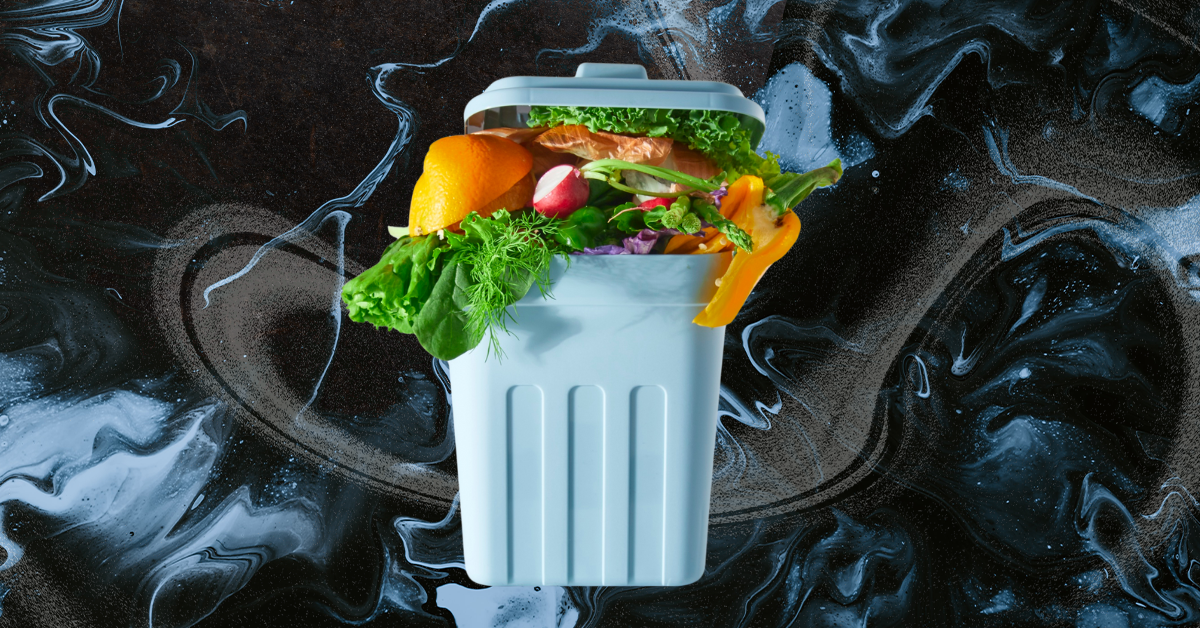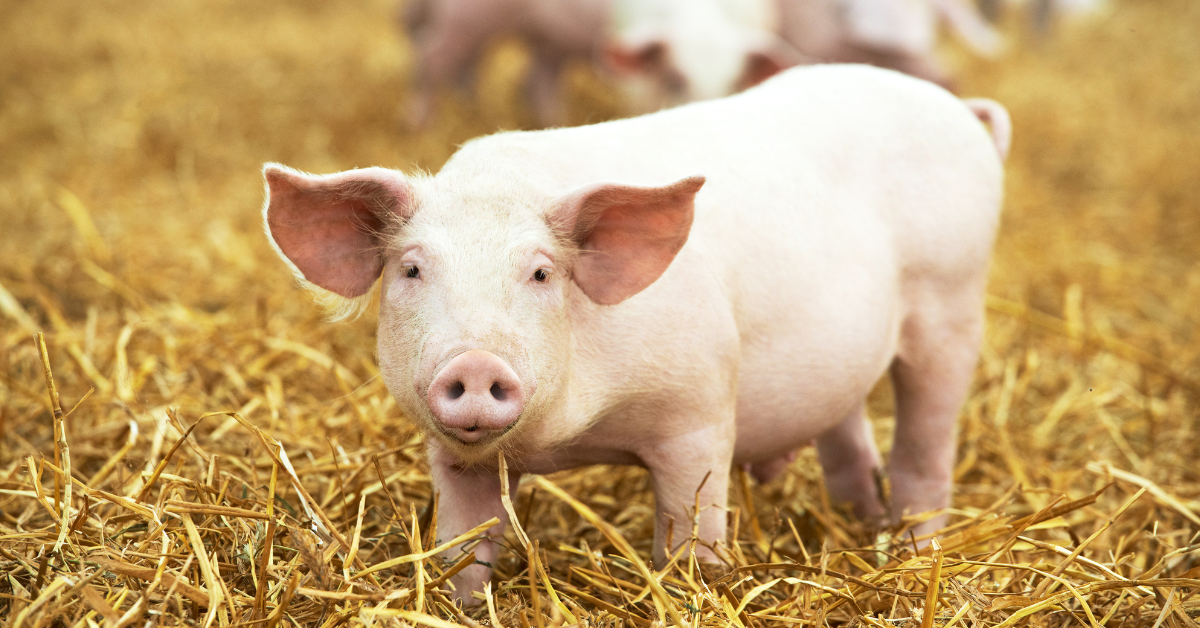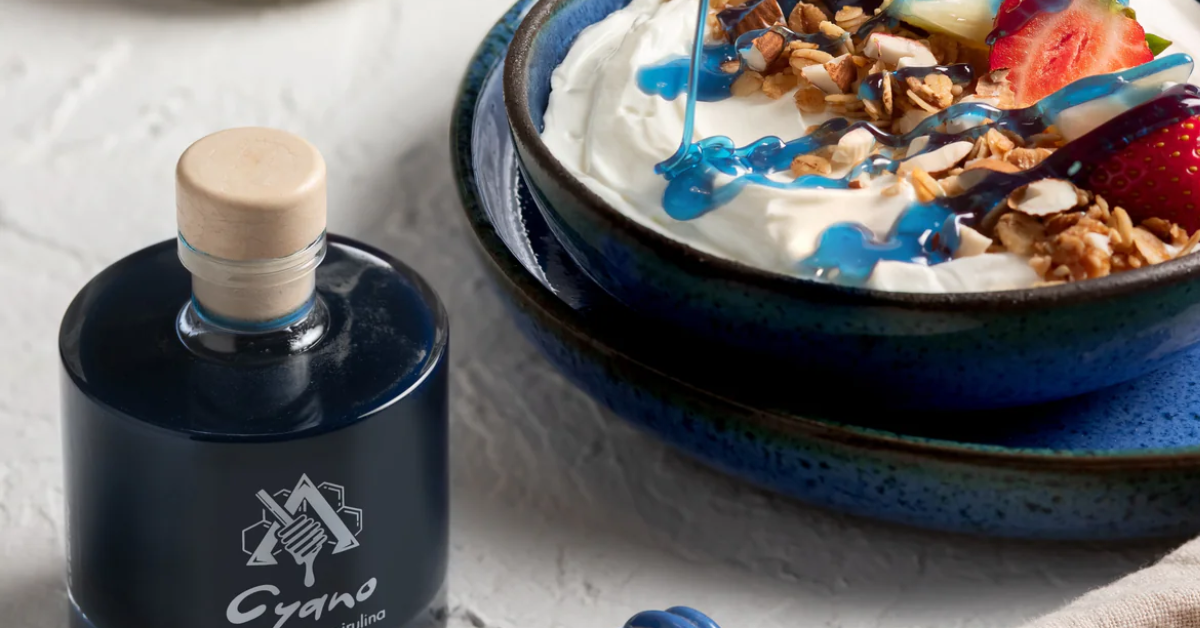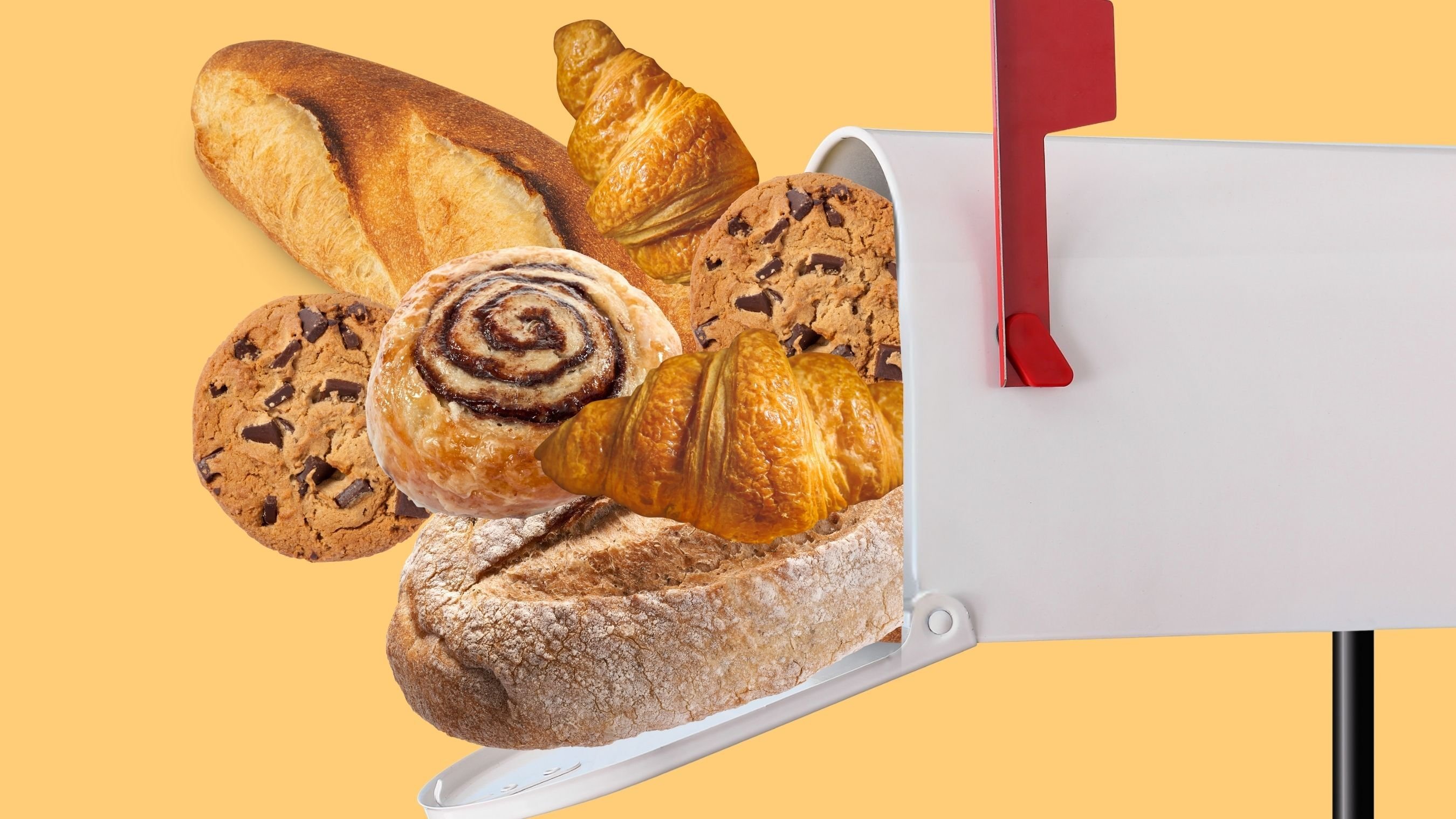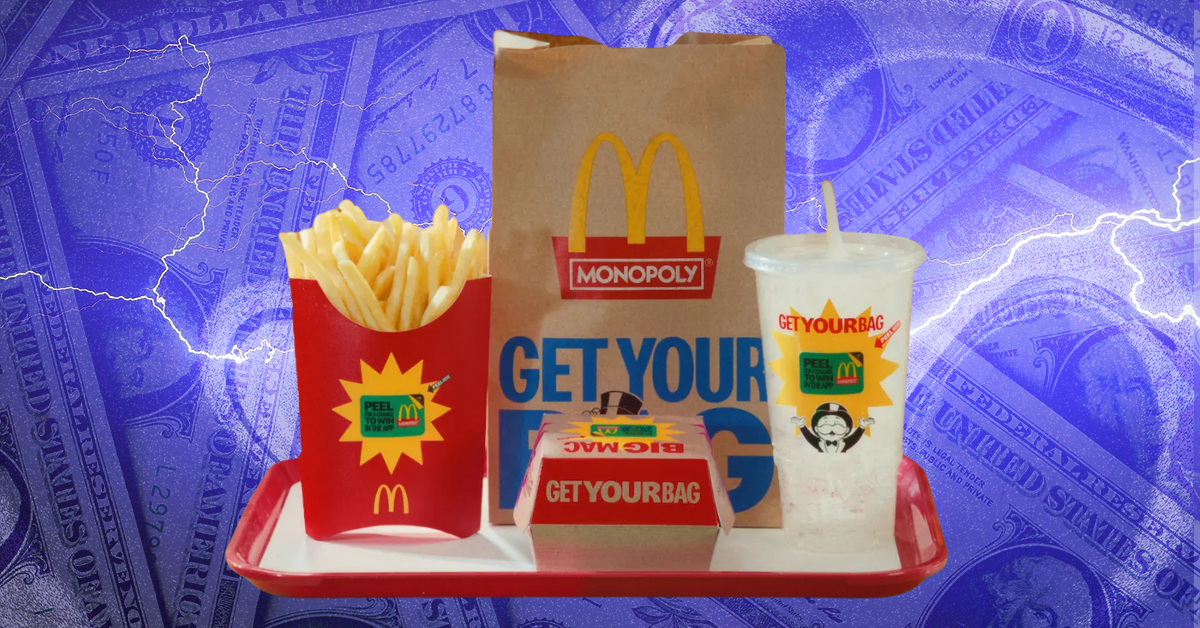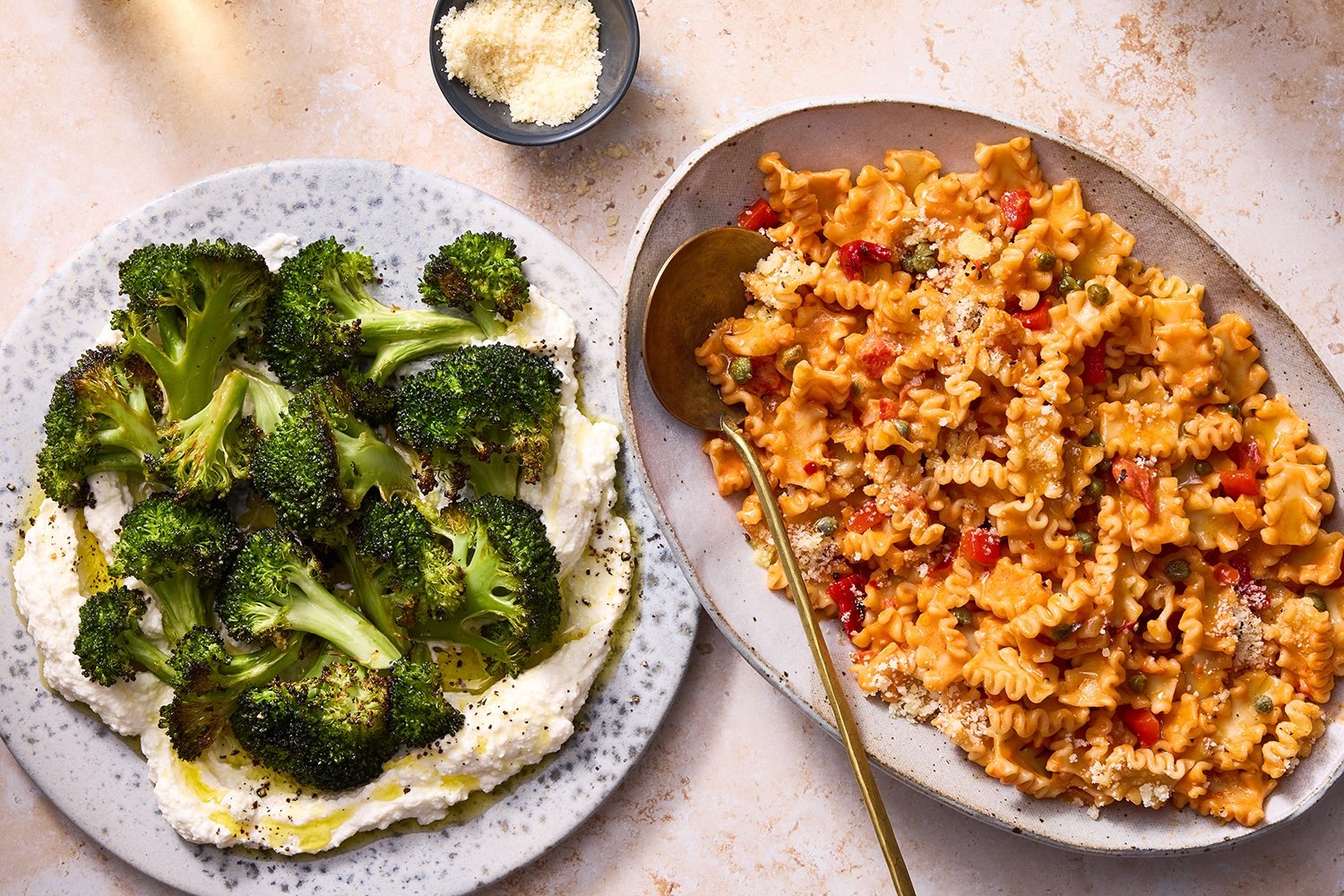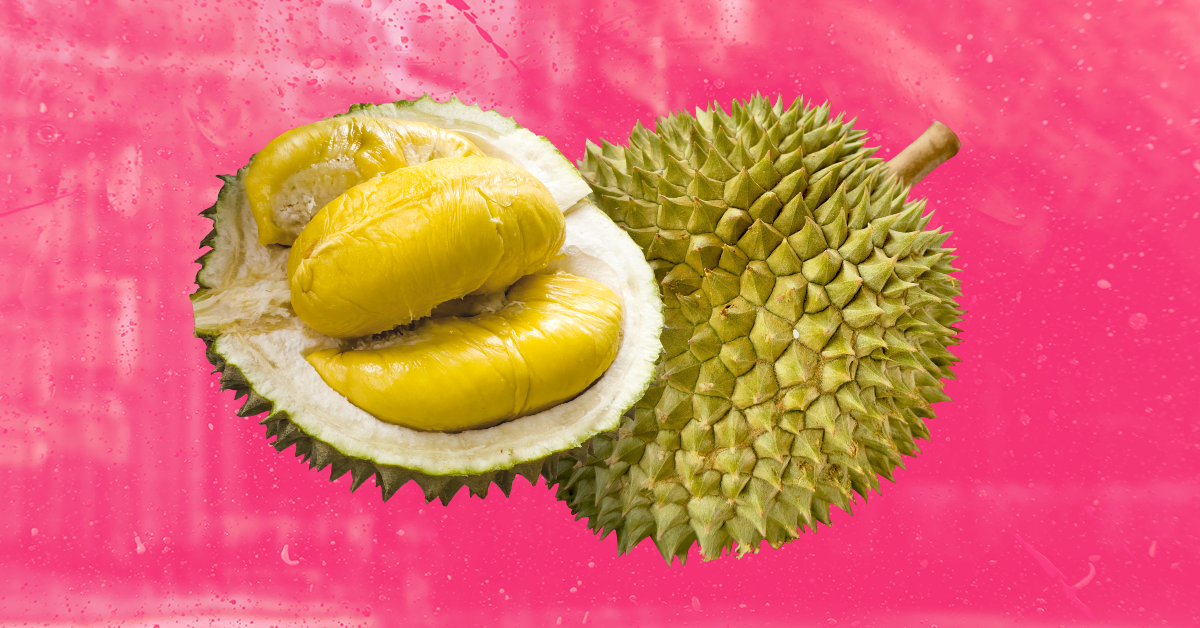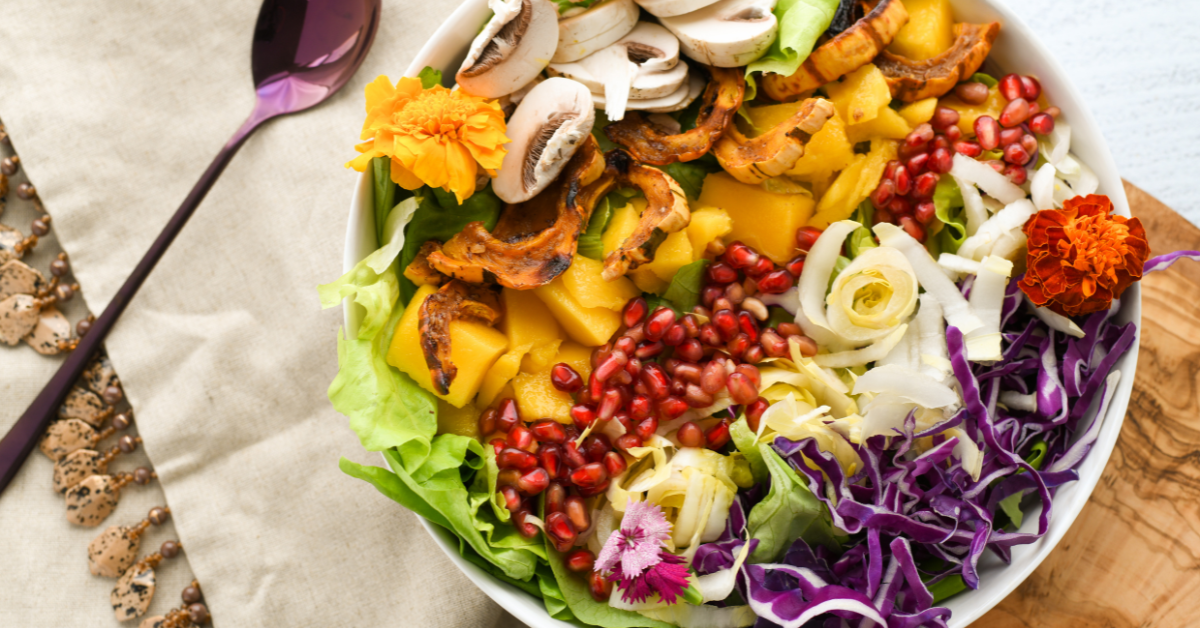American families in movies and TV shows have often been depicted as rushing to get to school and work — but not before toast and a big ol’ glass of orange juice.

But the once-popular staple isn’t doing so hot these days, and Tropicana — which holds ~30% of US market share for refrigerated OJ — is suffering.
It’s struggled with slipping sales over the last few years, and recently received a $30m emergency loan from PAI Partners, a private equity firm that took a controlling stake from Tropicana parent company PepsiCo in 2021, per CNN.
What’s causing the squeeze?
Several factors, actually:
- Orange shortages driven by climate change, natural disasters, and disease, which have nearly doubled prices from 2020.
- That turns off customers, who, amid rising inflation, have become more conscientious about their spending.
- Competitors, including the cheaper Coca-Cola-owned Minute Maid and the bougier Simply.
Plus, we’re just not drinking juice like we used to.
Functional and better-for-you beverages are on the rise — prebiotic soda brand Olipop recently hit a $1.85B valuation — while OJ consumption has fallen in recent years due to health concerns over its high sugar content paired with a shift toward on-the-go breakfasts over traditional sit-down meals.
What can OJ brands do about it?
There’s not much anyone can do about a hurricane destroying crops, but Padilla, the marketing agency for the Florida Department of Citrus, has attempted to latch on to the functional beverage trend, touting 100% orange juice’s health benefits.
Tropicana is one of several juice brands to launch less- or zero-sugar lines, and it’s attempted to diversify through new lines of products, like Tropicana Refreshers. Rival Simply launched a prebiotic soda earlier this month.
But Tropicana has also historically had a tricky time with change: A loathed 2009 logo rebrand cost it $20m in sales in a single month, and recent attempts to change its bottle shape caused customers to cry shrinkflation.
Food


